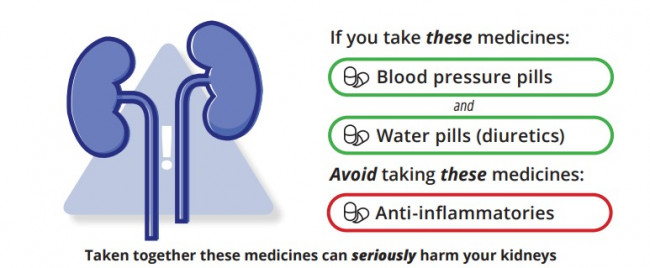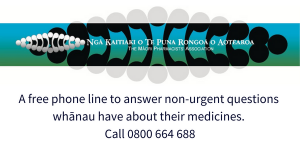Diclofenac is in a group of medicines known as non-steroidal anti-inflammatory drugs (NSAIDs). It's used to treat different types of pain such dental pain, period pain, bursitis, migraine and pain resulting from injury or after surgery.
NSAIDs are also used to ease pain, swelling and stiffness associated with flare-ups of gout, osteoarthritis, rheumatoid arthritis and ankylosing spondylitis. NSAIDs block the inflammation process and in this way ease swelling and pain.
In New Zealand diclofenac comes as tablets, dispersible (dissolvable) tablets, suppositories and an injection.
- Tablets comes as immediate release and slow release (SR).
- The immediate release tablets are useful where immediate pain relief is required, and the slow release is more useful in reducing long term inflammation.
- The suppositories are useful when tablets are unsuitable, eg, for migraine which may involve vomiting. Learn more about suppositories.
Lower strengths of diclofenac tablets and capsules (Voltaren Rapid®) can be bought from a pharmacy without a prescription.







